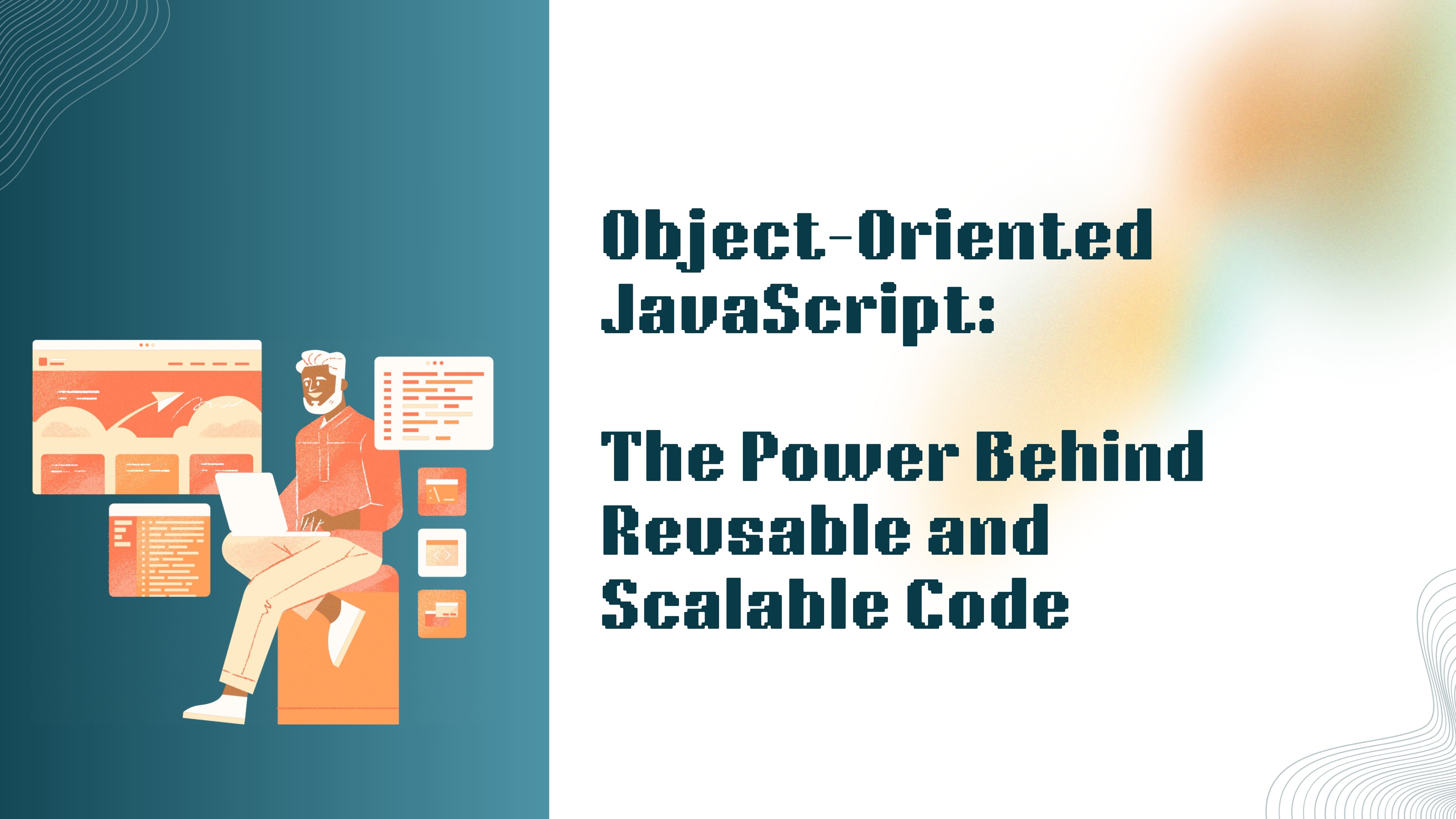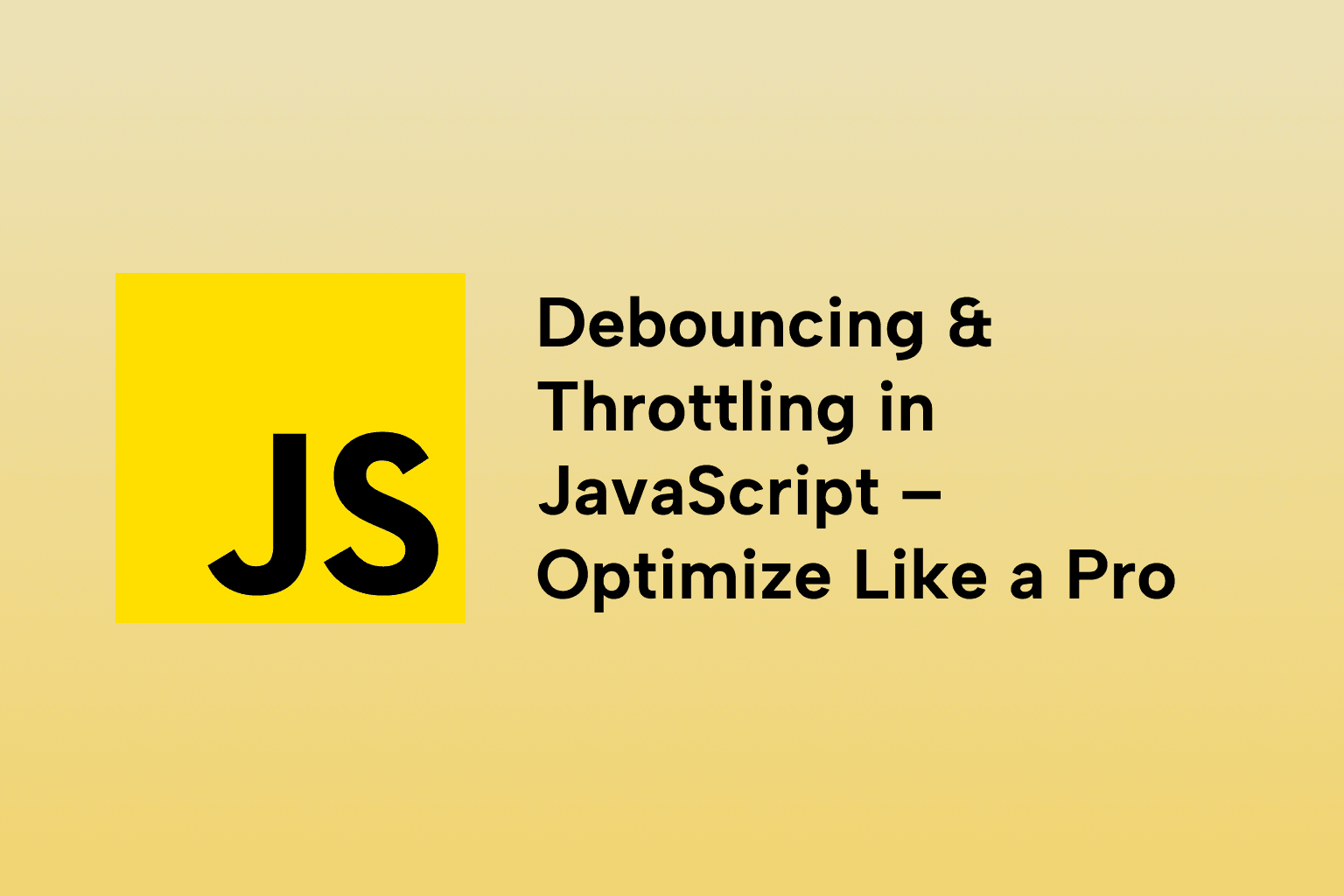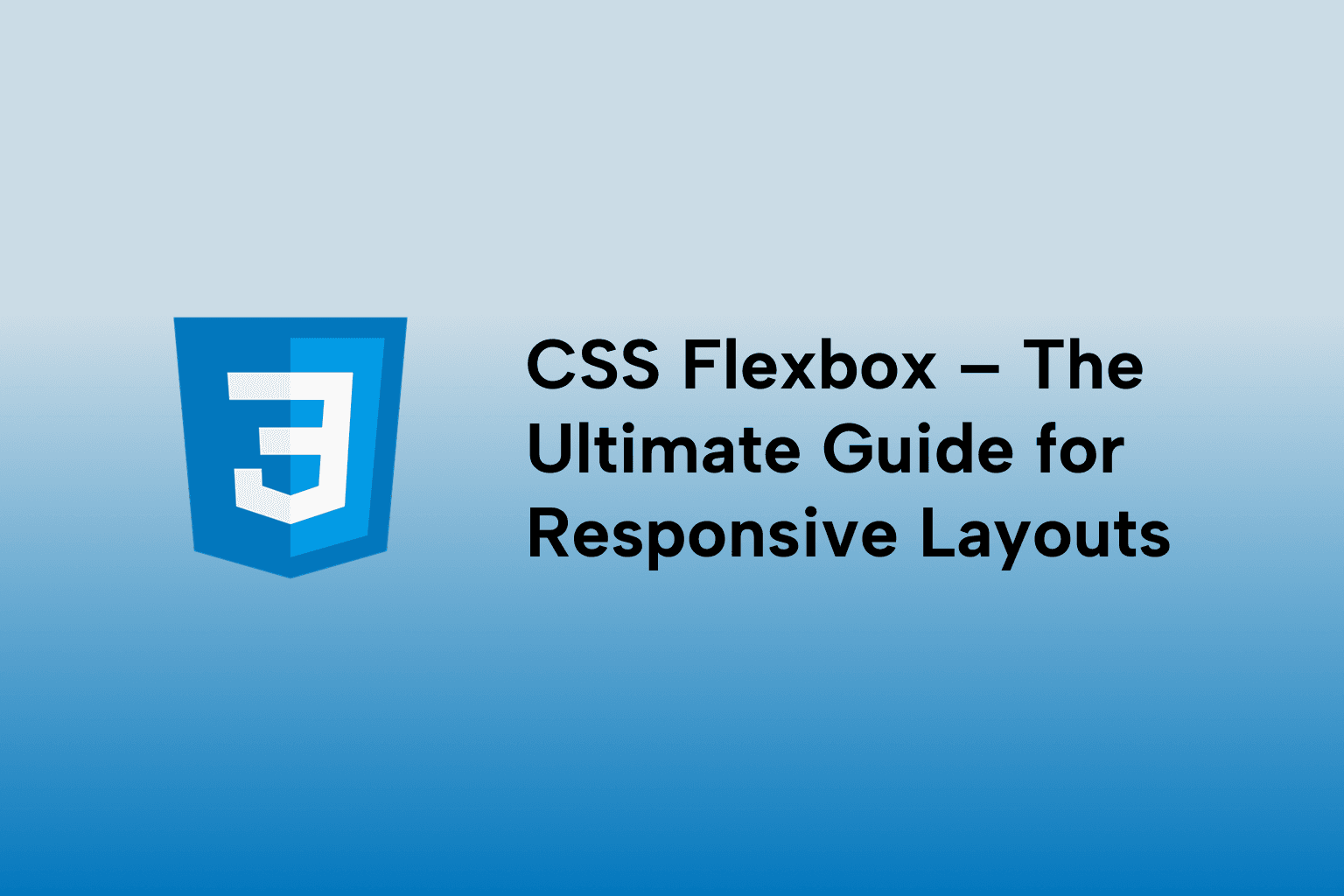Object-Oriented JavaScript: The Power Behind Reusable and Scalable Code
 Emma George
Emma George
TABLE OF CONTENTS
1 . What is Object-Oriented Programming?
2 . Why Use OOP in JavaScript?
5 . Constructor Functions and Prototypes (Pre-ES6)
6 . The ES6 Class Syntax
8 . Encapsulation with Closures and Private Fields
10 . Abstraction with Interfaces (via Duck Typing)
11 . Composition vs Inheritance
12 . Design Patterns Leveraging OOP
13 . Real-World Applications and Architecture
14 . Performance Considerations
15 . Common OOP Mistakes in JavaScript
Conclusion
In a world where software systems are growing more complex, writing maintainable, scalable, and reusable code is more important than ever. JavaScript has evolved from a scripting tool for simple UI behaviors into a robust, full-stack programming language—and one of the key paradigms that enables this evolution is Object-Oriented Programming (OOP).
While JavaScript isn’t a “classical” object-oriented language like Java or C++, it provides powerful object-based features that allow developers to build modular and reusable code using objects, prototypes, and classes.
This blog post will explore the depths of Object-Oriented JavaScript: from the foundational principles to modern ES6+ class-based syntax, and how OOP helps developers build better software.
1 . What is Object-Oriented Programming?
Object-Oriented Programming is a programming paradigm where code is organized using “objects” collections of related data (properties) and behavior (methods).
Key concepts:
- Objects represent real-world entities
- Classes define the structure and behavior of those entities
- Inheritance allows for hierarchical relationships
- OOP promotes modularity and reusability
2 . Why Use OOP in JavaScript?
JavaScript is often misunderstood as a procedural or functional language. But in reality, JavaScript is deeply object-based and supports OOP from the ground up.
OOP is useful in JavaScript because:
- It structures large codebases
- Encourages reuse via inheritance/composition
- Promotes encapsulation and abstraction
- Scales well in team environments
- Supports modeling real-world domains
Whether you're building a UI component system or designing a Node.js backend, OOP can be the foundation for code that's maintainable and scalable.
3 . The Four Pillars of OOP
Object-Oriented Programming revolves around four fundamental principles:
- Encapsulation: Bundling data and methods together
- Abstraction: Hiding internal complexities from the user
- Inheritance: Sharing functionality between classes
- Polymorphism: Using a unified interface for different data types
4 . JavaScript Objects: The Building Blocks
Objects in JS are dynamic collections of key-value pairs.
Example:
const car = {
make: 'Tesla',
model: 'Model S',
drive: function () {
console.log('Driving...');
}
};
Objects can be created using:
- Object literals
- Constructor functions
- Object.create()
- ES6 classes
5 . Constructor Functions and Prototypes (Pre-ES6)
Before ES6 introduced class syntax, we used constructor functions:
function Car(make, model) {
this.make = make;
this.model = model;
}
Car.prototype.drive = function () {
console.log(`${this.make} is driving`);
};
const myCar = new Car('Toyota', 'Corolla');
All instances share methods through the prototype chain, saving memory and enabling polymorphism.
6 . The ES6 Class Syntax
ES6 introduced a cleaner, more familiar syntax:
class Car {
constructor(make, model) {
this.make = make;
this.model = model;
}
drive() {
console.log(`${this.make} is driving`);
}
}
Under the hood, it still uses prototypes, but the syntax is more approachable.
7 . Inheritance in JavaScript Inheritance allows one class to acquire the properties and methods of another.
class Vehicle {
constructor(name) {
this.name = name;
}
start() {
console.log(`${this.name} starts`);
}
}
class Truck extends Vehicle {
loadCargo() {
console.log(`${this.name} loads cargo`);
}
}
const t = new Truck('Big Truck');
t.start(); // From Vehicle
t.loadCargo(); // From Truck
This enables the creation of hierarchical models that mirror real-world relationships.
8 . Encapsulation with Closures and Private Fields
Encapsulation hides internal details:
Using closures:
function BankAccount(initialBalance) {
let balance = initialBalance;
return {
deposit(amount) {
balance += amount;
},
getBalance() {
return balance;
}
};
}
Using ES2022 private fields:
class Account {
#balance = 0;
deposit(amount) {
this.#balance += amount;
}
getBalance() {
return this.#balance;
}
}
Private fields and closures prevent external code from modifying internal state directly.
9 . Polymorphism in JavaScript Polymorphism allows different classes to define the same method differently.
Example:
class Animal {
speak() {
console.log("Animal speaks");
}
}
class Dog extends Animal {
speak() {
console.log("Dog barks");
}
}
const animals = [new Animal(), new Dog()];
animals.forEach(a => a.speak());
Output:
Animal speaks Dog barks
Despite different classes, we use the same interface (speak()).
10 . Abstraction with Interfaces (via Duck Typing)
JavaScript doesn't have interfaces like Java or TypeScript, but we use Duck Typing:
“If it walks like a duck and quacks like a duck…”
function logSpeaker(entity) {
if (typeof entity.speak === 'function') {
entity.speak();
}
}
As long as an object implements the expected method, it’s usable, this promotes flexible design.
11 . Composition vs Inheritance
Composition favors using multiple smaller components rather than deep inheritance trees.
Example:
const canFly = (state) => ({
fly: () => console.log(`${state.name} flies`)
});
const canSwim = (state) => ({
swim: () => console.log(`${state.name} swims`)
});
function Bird(name) {
let state = { name };
return Object.assign({}, canFly(state));
}
Composition allows greater flexibility and less rigid hierarchies.
12 . Design Patterns Leveraging OOP
OOP in JavaScript is the backbone of many classic design patterns:
- Singleton
- Factory
- Observer
- Strategy
- Decorator
Example – Factory Pattern:
function createUser(role) {
if (role === 'admin') {
return { role, access: () => console.log("Admin access") };
} else {
return { role, access: () => console.log("User access") };
}
}
These patterns improve code reuse and clarity.
13 . Real-World Applications and Architecture
OOP is foundational in:
- Frontend component frameworks (React’s class components)
- Backend models (e.g., Sequelize or Mongoose)
- Game engines (PhaserJS)
- UI component libraries (like web components)
- MVC/MVVM architectures
14 . Performance Considerations
OOP can introduce performance issues if not used carefully:
- Deep inheritance trees can be hard to debug
- Overhead from too many instantiations
- Memory leaks due to lingering references
- Prefer stateless objects when possible
Balance between OOP and functional patterns is often ideal.
15 . Common OOP Mistakes in JavaScript
- Misusing this context (use arrow functions or bind())
- Overusing inheritance instead of composition
- Ignoring prototype chain behavior
- Forgetting to use new with constructors (can lead to bugs)
- Making everything a class even when simple objects suffice
Conclusion
JavaScript’s object-oriented features, both classical and prototypal, offer powerful tools for writing clean, modular, and reusable code.
Whether you're designing complex UI components, modeling data entities in a database, or just organizing a large codebase, OOP in JavaScript provides the architectural backbone for scalable development.
To recap:
- JavaScript supports OOP through prototypes and ES6 classes
- OOP promotes reuse, organization, and abstraction
- Understand when to use inheritance vs composition
- Embrace encapsulation through private fields and closures
- Apply OOP patterns for better architecture and maintainability
Mastering Object-Oriented JavaScript will elevate your development skills and prepare you for large-scale projects across both frontend and backend domains.
Let OOP be your guide to writing elegant and future-proof JavaScript.

Emma George
Software Engineer
Senior Software Engineer



